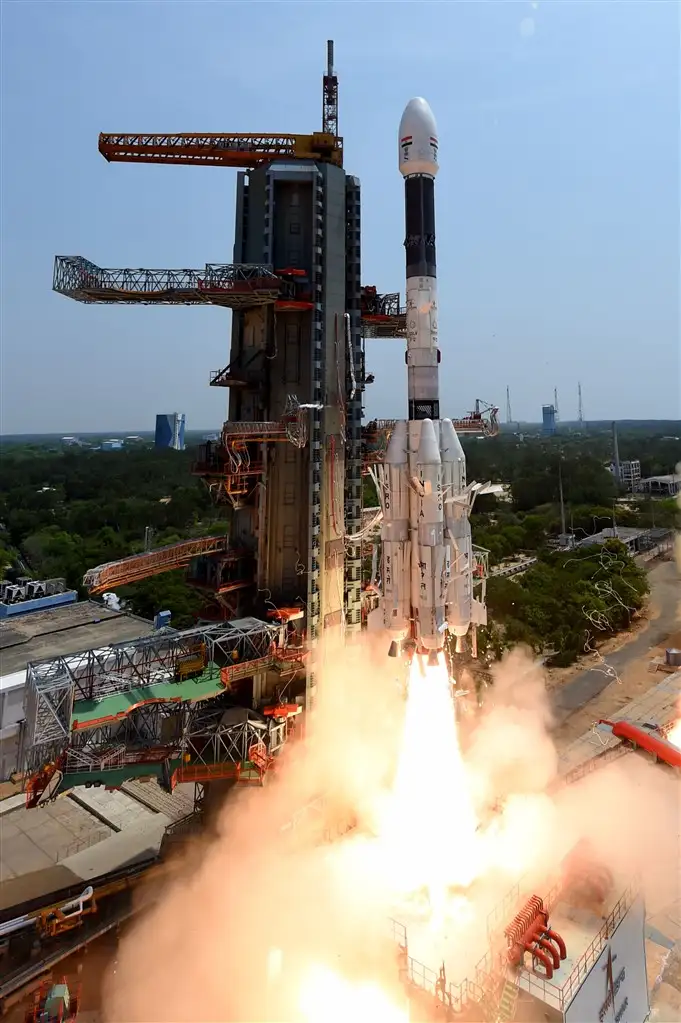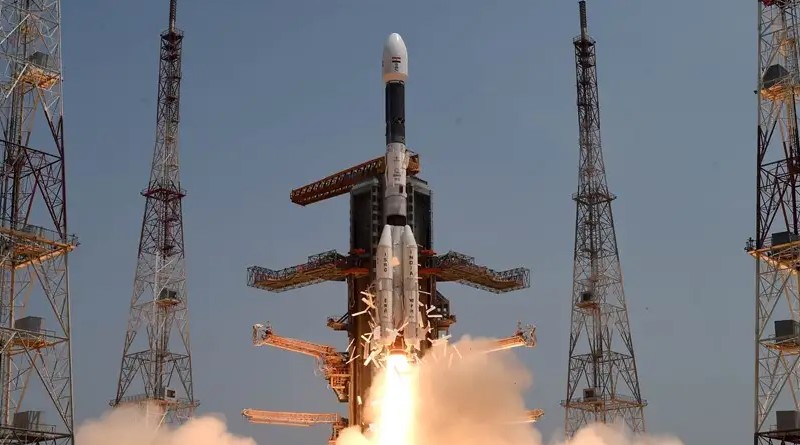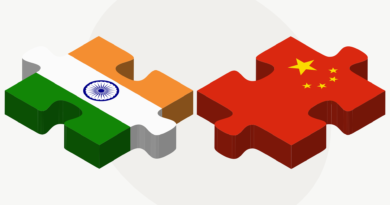India Launches Next-Gen Nav Satellite

India launched the first of its second generation of navigation satellites. Geosynchronous Satellite Launch Vehicle (GSLV) MK II lifted off from Satish Dhawan Space Center in Sriharikota at 05:12 UTC (10:42 IST) on May 29, 2023. ISRO confirmed the satellite unfurled its power-generating solar panels a few minutes after the spacecraft separated from the GSLV Mk.2 rocket. NVS 01 is heading for geosynchronous orbit at an inclination of about 5 degrees to the equator, where it will join the operational satellites that make up the Indian Regional Navigation Satellite System.
NVS-01 is the first of the second-generation satellites envisaged for the Navigation with Indian Constellation (NavIC) services. There are 4 additional satellites to follow. NavIC is a regional navigation network developed by Indian Space and Research Organization (ISRO). Also known as the Indian Regional Navigation Satellite System (IRNSS), the system’s first generation consists of seven satellites in geosynchronous orbit – Three of which are not currently operational.
The NVS-01, has an Indian-developed Rubidium atomic clock in place of the units manufactured by Swiss company SpectraTime which were flown on previous spacecraft. All related second generation spacecraft to follow will have the same clock installed.
With a mass of 2,232 kilograms, NVS-01 is also over 900 kilograms heavier than the first-generation satellites and incorporates other enhancements to expand the capabilities of the NavIC constellation. These include broadcast of a new L1 signal, in addition to the L5 and S-band signals broadcast by the existing satellites, which will improve interoperability with other satellite navigation systems such as the US Global Positioning System (GPS) network. In addition, This network of satellites will provide real-time positioning & timing services that cover an area including India’s mainland and a region up to 1500 km beyond the Indian boundary. THis will provide timely insight into any enemy incursions like the ones in 1999 where Pakistan clandestinely sent insurgents and army regulars into the Kargil/Dras sector which lead to an all out war. The signals are designed to provide user position accuracy better than 20 meters for civilian usage and less than 0.5 meters for military purposes and timing accuracy better than 50 nanoseconds. In addition this satellite will be used to keep a track of the weather.
The new second-generation spacecraft, including NVS-01, are based on ISRO’s I-2K satellite bus instead of the I-1K platform used on the first-generation spacecraft. Powered by a pair of solar arrays generating up to 2.4 kilowatts, the satellites have a design life of at least 12 years.
The increased mass of the second-generation satellites renders them too heavy for the Polar Satellite Launch Vehicle (PSLV) rockets that were used to deploy the first generation. Instead, they will be carried aboard the more powerful Geosynchronous Satellite Launch Vehicle, or GSLV, using the Mk.II version of this rocket.
This is ISRO’s second launch of a satellite within a month and the fifth launch of the year. Earlier in April ISRO launched the PSLV with two Singaporean satellites, and 7 Indian experiments. The PSLV-C55 mission was launched with two satellites, with the primary one being the TeLEOS-2, a Synthetic Aperture Radar (SAR) payload.




